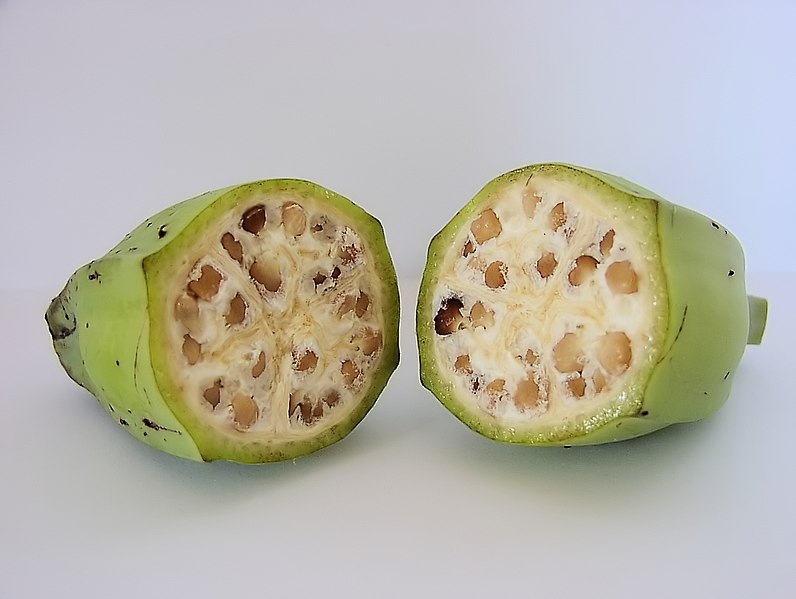Crosse's Acari

I have in my collection a book entitled "Oddities" which is a bit of an oddity in it's own right. In it, numerous tales of unexplained intrigue can be found, however rudimentary investigation in the past has revealed the book to be one of a few, if not the only source on most of the subjects. Such as appears to be the case in the story of Crosse's Acari. Andrew Crosse was an amateur scientist studying electricity in relative seclusion in the North of England in the first half of the 19th century. Inexplicably, and unexplainably, because his records were lost, in studying the effects of electrical current on a crystal he noticed that tiny aphids, or acari had sprouted from the surface of the rock. He continued his experiments and before long was overrun by literally hundreds of the little blighters.
From his own account:
"On the fourteenth day from the commencement of this experiment I observed through a lens a few small whitish excrescences or nipples, projecting from about the middle of the electrified stone. On the eighteenth day these projections enlarged, and struck out seven or eight filaments, each of them longer than the hemisphere on which they grew.
"On the twenty-sixth day these appearances assumed the form of a perfect insect, standing erect on a few bristles which formed its tail. Till this period I had no notion that these appearances were other than an incipient mineral formation. On the twenty-eighth day these little creatures moved their legs. I must now say that I was not a little astonished. After a few days they detached themselves from the stone, and moved about at pleasure.
"In the course of a few weeks about a hundred of them made their appearance on the stone. I examined them with a microscope, and observed that the smaller ones appeared to have only six legs, the larger ones eight. These insects are pronounced to be of the genus acarus, but there appears to be a difference of opinion as to whether they are a known species; some assert that they are not. [See Fig. 1]
"I have never ventured an opinion on the cause of their birth, and for a very good reason—I was unable to form one. The simplest solution of the problem which occurred to me was that they arose from ova deposited by insects floating in the atmosphere and hatched by electric action. Still I could not imagine that an ovum could shoot out filaments, or that these filaments could become bristles, and moreover I could not detect, on the closest examination, the remains of a shell...
"I next imagined, as others have done, that they might originate from the water, and consequently made a close examination of numbers of vessels filled with the same fluid: in none of these could I perceive a trace of an insect, nor could I see any in any other part of the room."
He abandoned his studies due to the amount of scorn and ridicule that befell him after publishing his findings. It should be noted that no similar cases have since occurred. What did Crosse know that no one else did. Here is a link to the entire story as related in the book Oddities for you continued learning.

